The elemental properties that made up the Sea Gull Restaurant were food, art, music, people, and place. The atmosphere ultimately created was one of home and family. The properties and atmosphere came together at a particular point in time. It was during the migration north of a group of young, innocent, creative people who dreamed (explicitly or not) of a golden age like that dreamed of by Charles Stevenson and mentioned in an earlier blog. It was before the mega tourism that followed. Such a special place was fated not to last. It was like the “you” mentioned in the introduction to Bill Bryson’s charming A Short History of Almost Everything:
“Welcome. And congratulations. I am delighted that you could make it. Getting here wasn’t easy, I know. In fact, I suspect it was a little tougher than you realize.
To begin with, for you to be here now trillions of drifting atoms had somehow to assemble in an intricate and intriguingly obliging manner to create you. It’s an arrangement so specialized and particular that it has never been tried before and will only exist this once. For the next many years (we hope) these tiny particles will uncomplainingly engage in all the billions of deft, cooperative efforts necessary to keep you intact and let you experience the supremely agreeable but generally underappreciated state known as existence.
Why atoms take this trouble is a bit of a puzzle. Being you is not a gratifying experience at the atomic level. For all their devoted attention, your atoms don’t actually care about you-indeed, don’t even know that you are there. They don’t even know that they are there. They are mindless particles, after all, and not even themselves alive. (It is a slightly arresting notion that if you were to pick yourself apart with tweezers, one atom at a time, you would produce a mound of fine atomic dust, none of which had ever been alive but all of which had once been you.) Yet somehow for the period of your existence they will answer to a single overarching impulse: to keep you you.
The bad news is that atoms are fickle and their time of devotion is fleeting-fleeting indeed. Even a long human life adds up to only about 650,000 hours. And when that modest milestone flashes past, or at some other point thereabouts, for reasons unknown your atoms will shut you down, silently disassemble, and go off to be other things. And that’s it for you.”
One of my goals in these periodic writings is to recreate something from that past. Time is a peculiar concept that many thinkers have struggled to unravel. I spoke a bit about this in a series of posts on The Attic Gallery Art-In. The Attic Gallery was one small effort to create something of beauty and value and significance during the Sea Gull years. It did not last long but while it lasted I believe it achieved some of that purpose for which it was conceived. The article below is from the Mendocino Beacon and describes the formation of the gallery. The artwork between the lines is the work of Ilja Tinfo, a waiter at the Sea Gull, an artist, and a volunteer to manage the Attic Gallery.
Article from Mendocino Beacon
January 12, 1978 by Pat McKay
You won’t find the cozy old barroom in he Sea Gull cellar anymore.
It’s upstairs now, after the popular Mendocino establishment burned down a year ago and had to be rebuilt.
For months after the Sea Gull’s June reopening, the only space restaurant owner David Jones had yet to fill was the cellar.
But on a whim inspired by many good artists on his staff, last month, Jones opened the subterranean doors for the first time with a new stimulant–art.
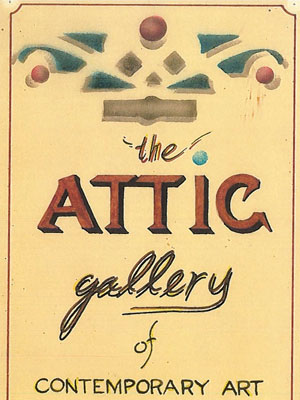
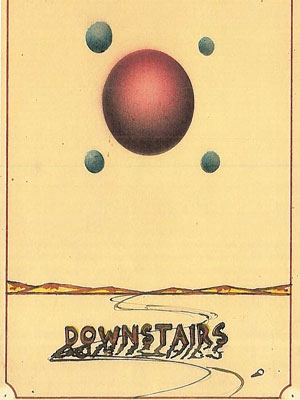
Poster designed by Ilja Tinfo
It looks like the “temporary gallery” is here to stay.
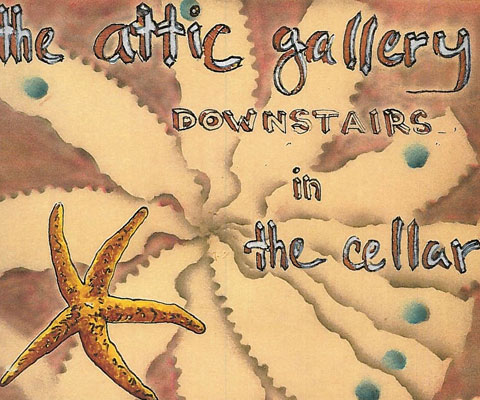
Attic Poster by Ilja Tinfo
Four artists were represented last month and despite the “slow season” for businesses, well over 100 people came opening night.
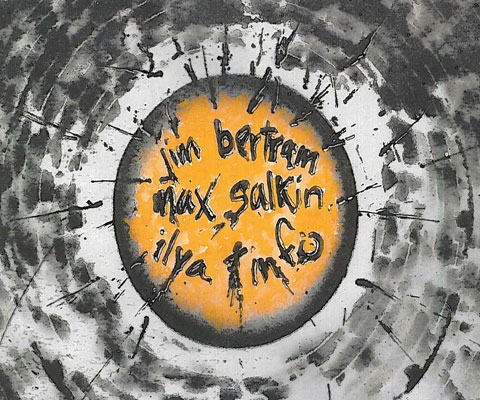
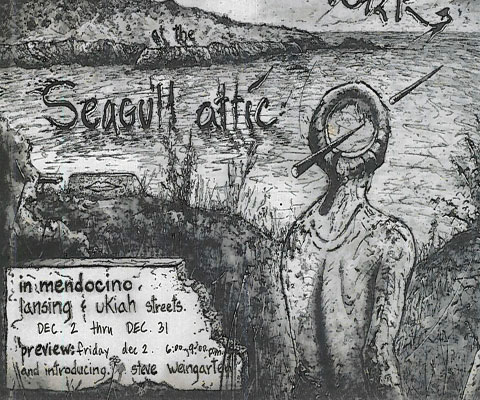
Poster by Ilja Tinfo
“The positive response led us to feel it might be worth continuing,” Jones said the other day.
“I’ve never run a gallery. I felt at the beginning if we did such a thing I’d want the artists to take a more active role in running it.”
What has emerged is a more-or-less cooperative venture, with Jones and artists Steve Weingarten, Ilja Tinfo and Max Salkin putting the shows together.
“I just want to see this thing flower into something,” says Salkin, a sculptor. “We have the potential … for a rebirth in this community. There’s so much new art out there.”
Salkin, Tinfo, Weingarten and Jim Bertram displayed their work in a show of contemporary art last month.
Bertram, Tinfo and three others, Larry Fuente, James Maxwell and Hap Tallman, will be represented in a new show, which opens tomorrow from 6 to 9 p.m. with free wine and coffee. Public is invited.
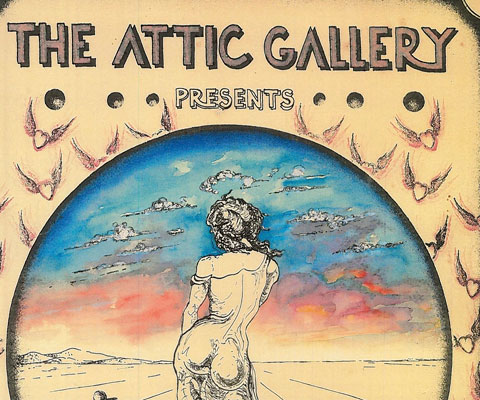
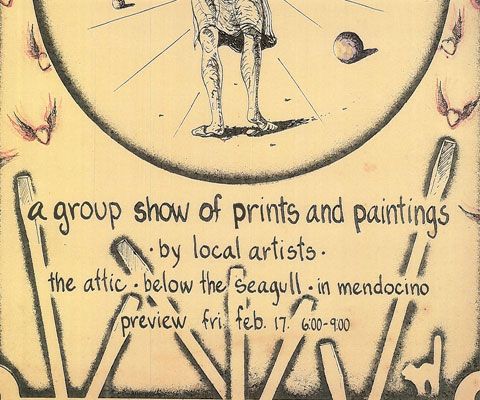
Poster by Ilja Tinfo
Artists who sit the gallery one day a week get a break on the commission, says Jones, 20 percent instead of 30 percent.
He sees the Attic Gallery as a place for artists who may not have shown anywhere else before, for whatever reason, and for the public to view occasional works that may not be “commercially oriented.”
It is also a place for people to meet the artists, and for artists to meet the public.
Tinfo talks about last month’s show: “The response was good. People are curious about the processes. They want to know how it was done, what they mean.
Jones: “Very few people do something just for themselves. It’s an expression. It’s nice to know what other people think of it.”
Fuentes disagrees: “An artist tries to work for himself first …. Then if someone likes it, that’s where he gets his strokes.”
Tallman: “It takes audience participation. That’s what a gallery’s about.”
Fuente: “I just think the first impression is it. The rest (what an artwork “means,” and son on) is justification.”
Weingarten: “Artist gallery attendants may be able to help the pubic by giving them some sort of explanation, maybe trying to keep the people on a path, if they’re on a path.”
Salkin: “It’s an educational thing. We get artists together. We can fertilize each other.”
Tallman: “You realize you weren’t the only one that’s crazy.”
Tallman is basically a furniture-maker whose assemblage has been shown in Seattle and at the Wilkinson/Cobb gallery which recently went out of business. He does it as a form of “loosing up from furniture work.”
“My work is funny. It kind of enters the world between painting and sculpture. It’s an invite to join in.”
Many remember his “Hotel” series at the Mendocino Art Center. The new show, his first, will include part of the series and a retrospective over the last several years.
Maxwell is an Emmy award winning graphic artist and art teacher who recently designed the sun dial mural at the elementary school.
His work has been on display at the art center and in other galleries, including Wilkinson/Cobb and the Upstairs Gallery of Contemporary Art, which folded this summer.
Maxwell’s pieces in the new show won’t be the type of thing he would offer the art center–traditional watercolors, art that appeals to “student consciousness … visual perception.”
Instead, there will be several works related to thought. They are from his Metric Man series.
Fuente will show paintings and sculpture. His work as been on display at Gallery Fair, the art center, and the Wilkinson/Cobb. He has had one-man shows at the old Gallery West in Mendocino, and is represented in a number of group shows, including the Unknown Museum in Mill Valley.
The Attic Gallery features–but is not limited to–“contemporary” art, say its sponsors.
With the closing of Wilkinson/Cobb and the Upstairs Gallery, the Attic becomes the only showplace in Mendocino with a modern thrust. But the focus hasn’t entirely been worked out yet, says Jones.
Artists interested in showing at the Attic are encouraged to contact one of the organizers.
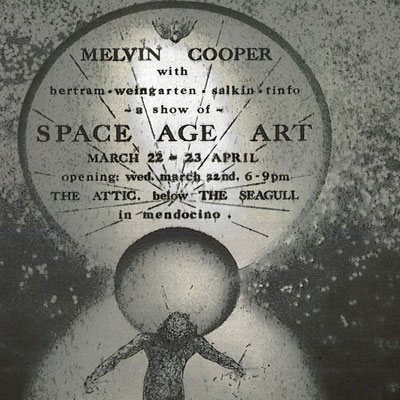

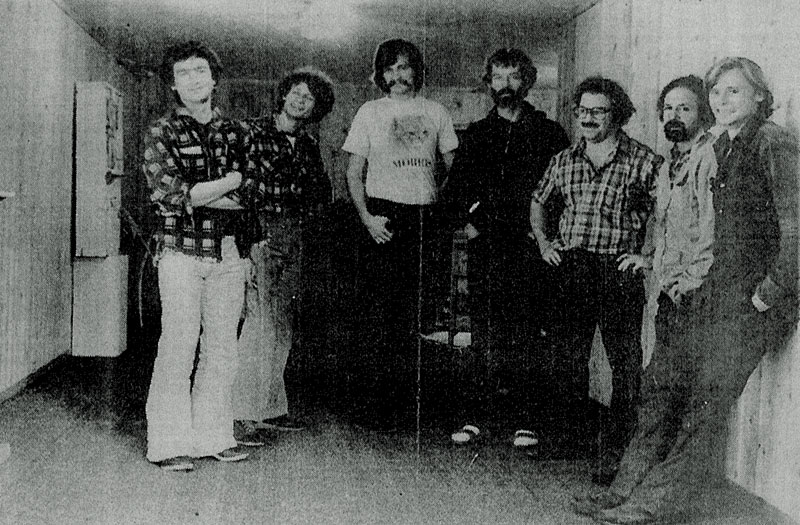
The Seagull was a citadel . . .